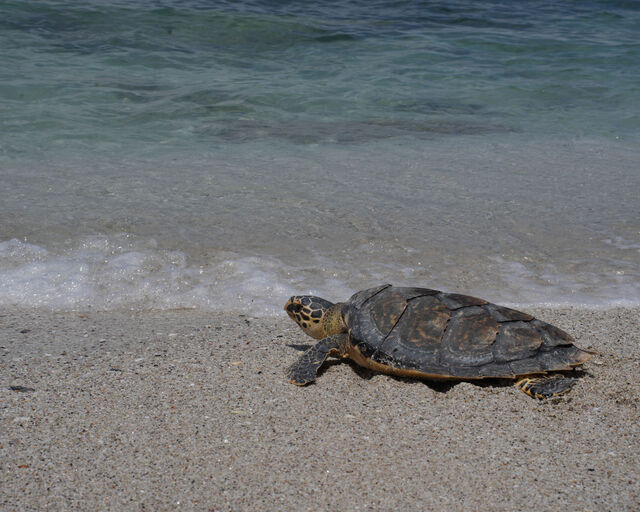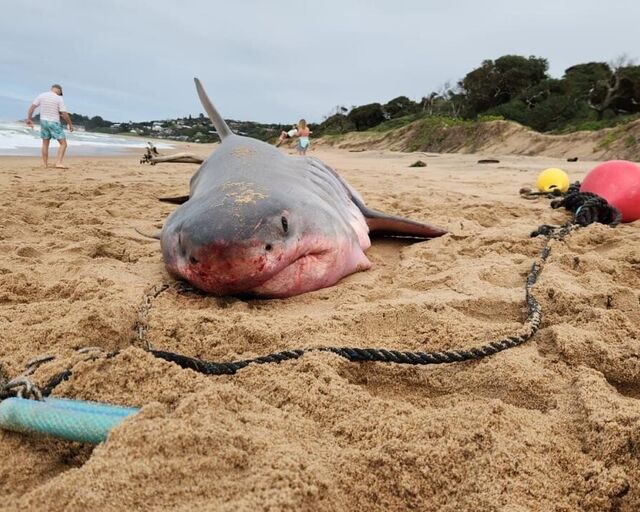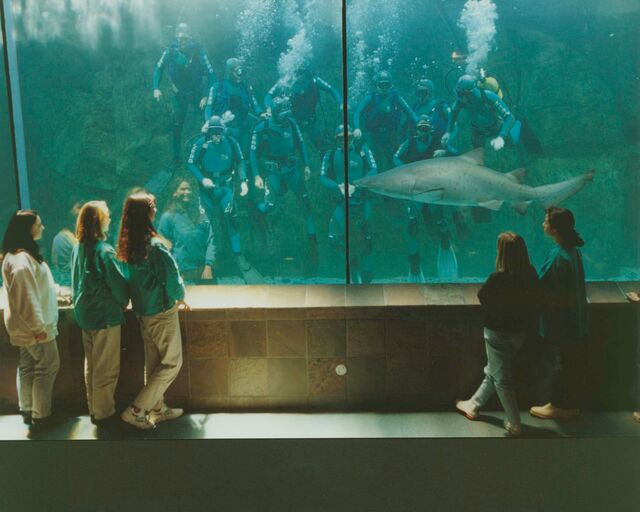South Africa signs historic High Seas Treaty - What does this actually mean?

The ocean covers over 70% of our planet's surface, yet nearly half of it - the vast expanse we call the High Seas - has been operating like the "wild west" for centuries. But this week marked a pivotal moment in ocean conservation history as South Africa officially signed the groundbreaking High Seas Treaty at the United Nations Ocean Conference in Nice, France, joining nations in what environmental advocates are calling "a tidal wave of hope."
What are the High Seas and why should you care?
Imagine drawing a line in the ocean 370 kilometres out from every coastline around the world. Everything past that line, about half the world’s surface, belongs to no single nation. These are the High Seas, a global common space that has historically been open to all for navigation, fishing, research, and resource extraction.
As the truly share part of our ocean, the High Seas benefit us all – absorbing half the carbon from our fossil fuel emissions, producing half the oxygen we breath, feeding billions of people, and being home to incredible biodiversity.
As Dr Judy Mann-Lang of the Two Oceans Aquarium explains: "The health of the High Seas is critical for the health of humanity. Right now, only about 1.5% of these vast ocean areas are protected - a shockingly small percentage for waters that are so vital to our planet's life support systems."
The “Wild West”
For centuries, the High Seas have operated under the principle of "freedom of the seas" - anyone could fish, mine, or conduct research there. While the resources technically belong to all humanity, in practice, only nations wealthy enough to deploy deep-sea vessels and technology could exploit them. And, they have done so with little regulation or regard for the role the High Seas play in the greater global context.
"The world needed a system to manage the High Seas in a way that is fair and equitable to everyone, and that benefits all of humanity," notes Mann-Lang.
After more than a decade of negotiations, the High Seas Treaty (formally known as the Agreement on Biodiversity Beyond National Jurisdiction) was finally signed in New York on 4 March 2023. Now, it's on track to become international law.
South Africa commits
This week in Nice, Environment Minister Dion George added South Africa's signature to the growing list of supporting nations, highlighting our country's commitment to science-based ocean governance and environmental stewardship.
"The ocean is a life source - essential for climate regulation, food security, livelihoods and economic development, particularly in developing economy states," Minister George stated. "Unfortunately, the world's oceans face escalating threats from climate change, biodiversity loss and marine pollution, and these impacts demand urgent, inclusive and science-based action."
The timing couldn't be more critical. On the same day that South Africa signed, 17 other countries ratified the treaty, bringing the total number of ratifications to 49. With just 11 more formal ratifications needed for the treaty to enter into force, we could be witnessing a new era in ocean protection within weeks.
What will the treaty actually do?
The High Seas Treaty is intended to provide a practical, enforceable framework that will revolutionise how we protect international waters.
- For the first time, countries will be able to establish marine protected areas (MPAs) in international waters, creating sanctuaries for marine life far from any coastline.
- Commercial activities like deep-sea mining and industrial fishing will require environmental impact assessments before proceeding.
- The Treaty also ensures fair sharing of benefits from marine genetic resources, prevents wealthy nations from monopolising ocean resources, and provides developing countries with access to marine scientific knowledge and technology.
- A dedicated scientific and technical body will guide all major decisions with evidence-based recommendations.
What needs to happen to make the Treaty a reality?
For the High Seas Treaty to become binding international law, a crucial threshold of 60 countries must ratify it. With 49 ratifications secured and momentum building, Rebecca Hubbard, director of the High Seas Alliance, suggests "it could be just a matter of weeks before the 60 is achieved."
Once that milestone is reached, a 120-day countdown begins before the treaty officially enters force, a period to begin designating protected areas and establishing oversight mechanisms.
UN Secretary-General António Guterres called the pace of progress "a record," noting that while the UN Convention on the Law of the Sea took 12 years to enter force, the High Seas Treaty appears set to achieve this in just over two years.
Of course, signing and ratifying a treaty is just the beginning. As environmental observers note, translating these commitments into real ocean protection requires significant political will, funding, and enforcement capabilities – but ratifying this Treaty will solve some of the biggest immediate hurdles on the path to a truly protected ocean.
Why does this matter for South Africa?
South Africa's participation in the High Seas Treaty aligns perfectly with our existing marine conservation framework and demonstrates our commitment to collaborative ocean governance.
But more than that, as a developing nation with extensive coastlines and marine-dependent communities, South Africa stands to benefit significantly from the treaty's emphasis on technology transfer, capacity building, and fair access to marine resources. In other words, this is going to be good for the economy as well as the environment
We stand on the brink of what could be a historic shift in ocean governance. The High Seas Treaty represents recognition that the ocean knows no borders, and that protecting our blue heart requires unprecedented global cooperation.
With South Africa now among the signatories and with ratifications accelerating worldwide, the question isn't whether the treaty will enter force - it's how quickly we can move from agreements on paper to protection in the water.
Related News
Sign up to our Newsletter
Receive monthly news, online courses and conservation programmes.




